Fisherman Transported to Portland Hospital after Serious Eye Injury
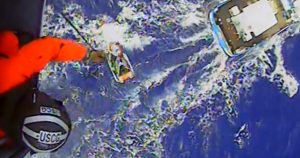 Watchstanders at U.S. Coast Guard Station Yaquina Bay received a distress call from the F/V PIKY on August 4th after a crewmember sustained a serious eye injury and vision loss. The fisherman was reportedly reeling in a tuna when a line slipped, causing a swivel tackle to strike Nathanial Miller, age 24, in the face.
Watchstanders at U.S. Coast Guard Station Yaquina Bay received a distress call from the F/V PIKY on August 4th after a crewmember sustained a serious eye injury and vision loss. The fisherman was reportedly reeling in a tuna when a line slipped, causing a swivel tackle to strike Nathanial Miller, age 24, in the face.
The distress call was relayed to Coast Guard Sector North Bend, Oregon, where a flight surgeon believed it crucial to transport the injured worker to a higher level of medical care as soon as possible.
An MH-60 Jayhawk helicopter crew from U.S. Coast Guard Sector Columbia River as well as an HC-27J Spartan medium-range surveillance aircrew from U.S. Coast Guard Air Station Sacramento in McClellan, California, were deployed.
 Maritime Injury Law Blog
Maritime Injury Law Blog


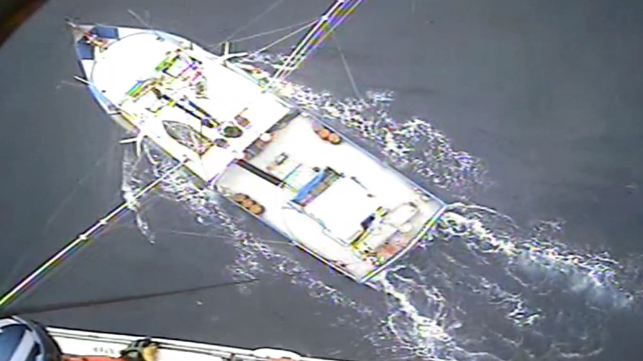
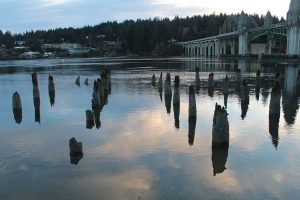
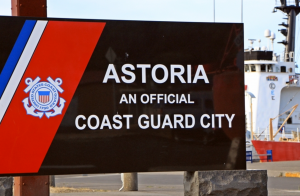
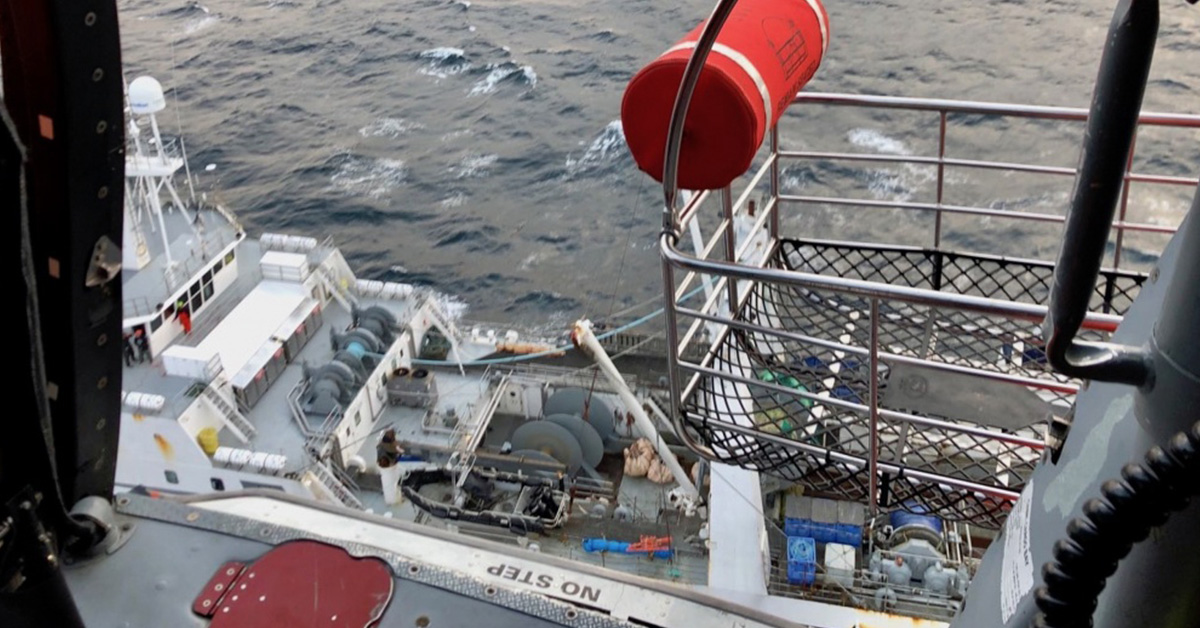
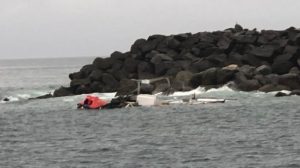
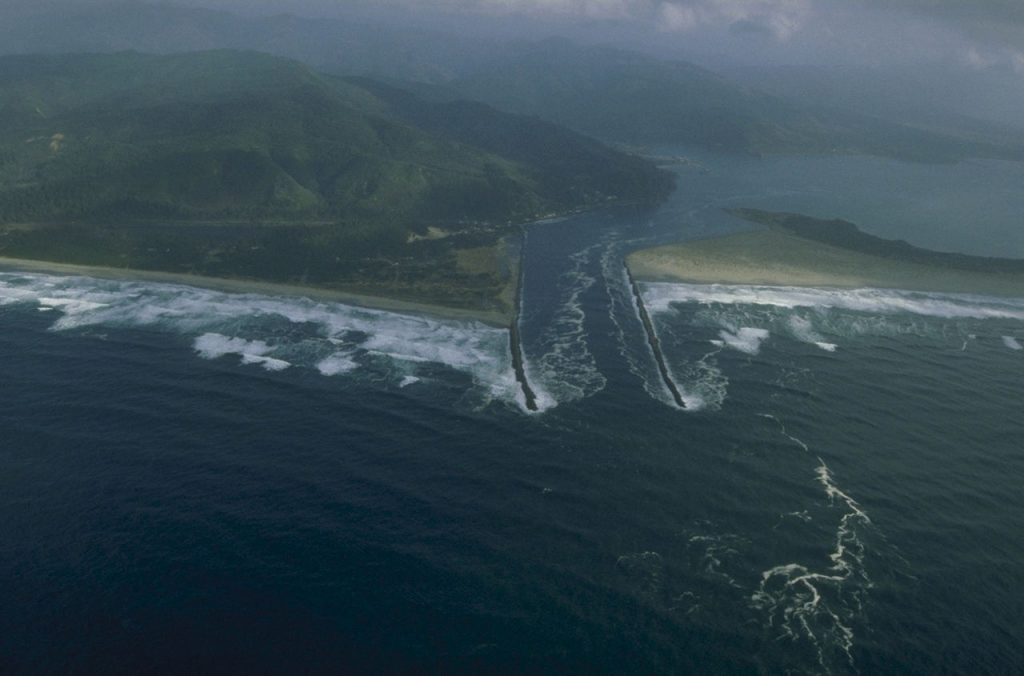
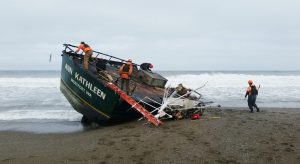
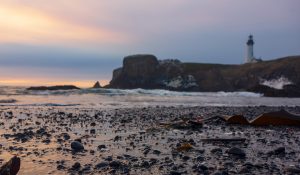
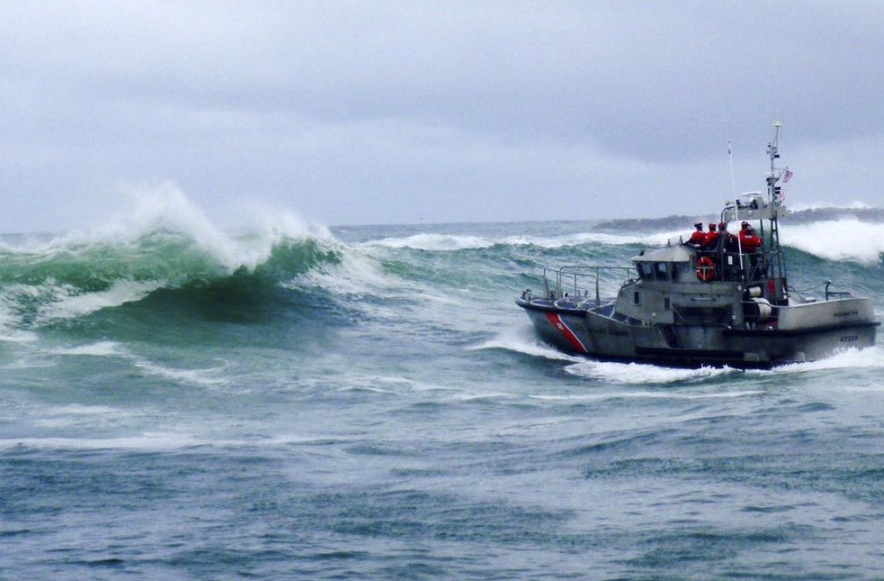 It is with great sadness that we report the death of three crew members from the MARY B II. The vessel was returning from crabbing late in the evening on Tuesday, January 8, 2019. The U.S. Coast Guard reported that the 42-foot vessel overturned as it crossed Yaquina Bay Bar in Newport, Oregon, a difficult crossing well known in the fishing industry.
It is with great sadness that we report the death of three crew members from the MARY B II. The vessel was returning from crabbing late in the evening on Tuesday, January 8, 2019. The U.S. Coast Guard reported that the 42-foot vessel overturned as it crossed Yaquina Bay Bar in Newport, Oregon, a difficult crossing well known in the fishing industry.